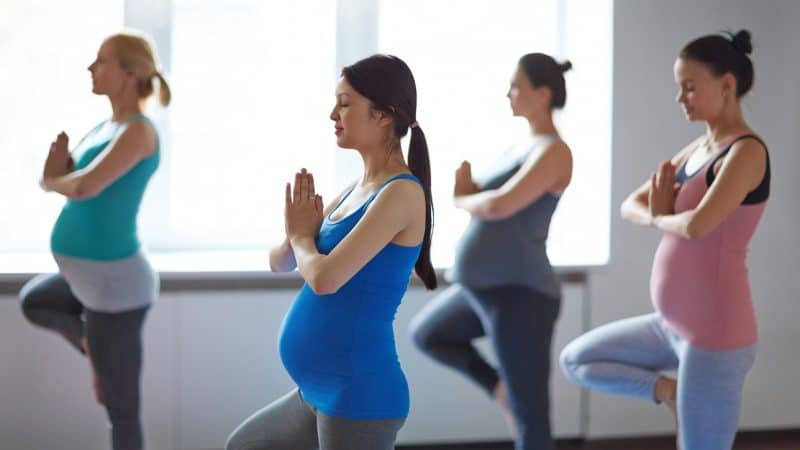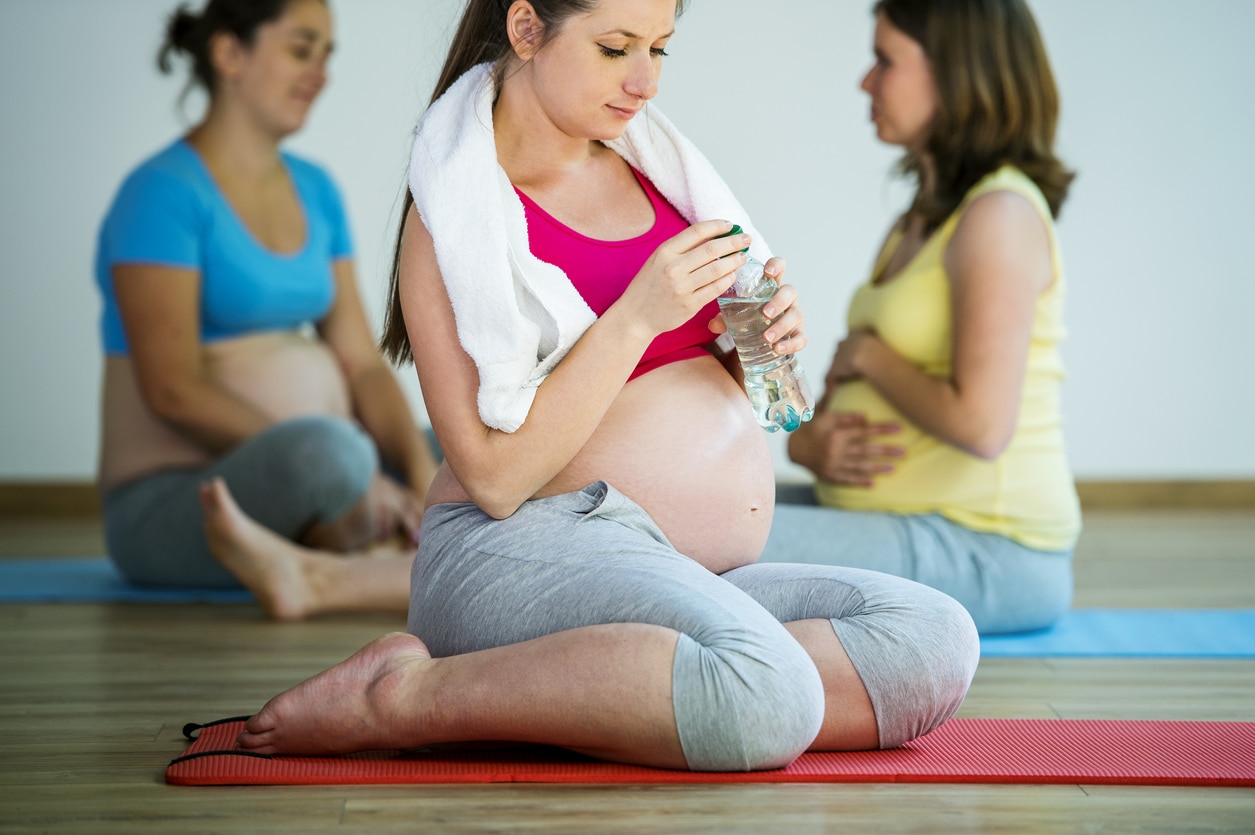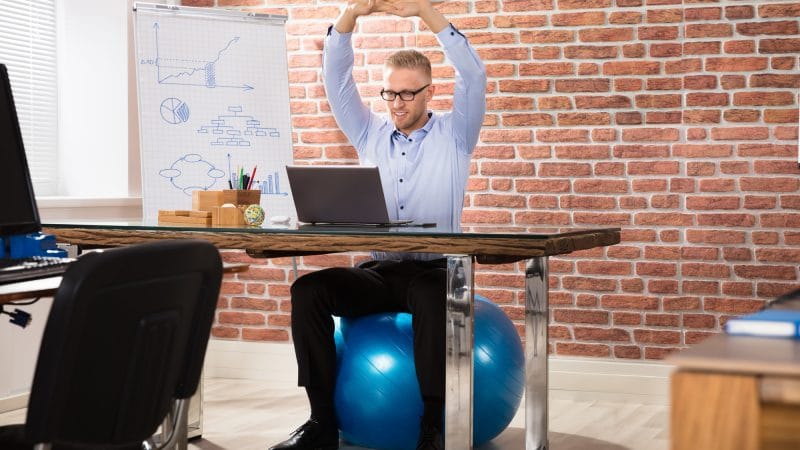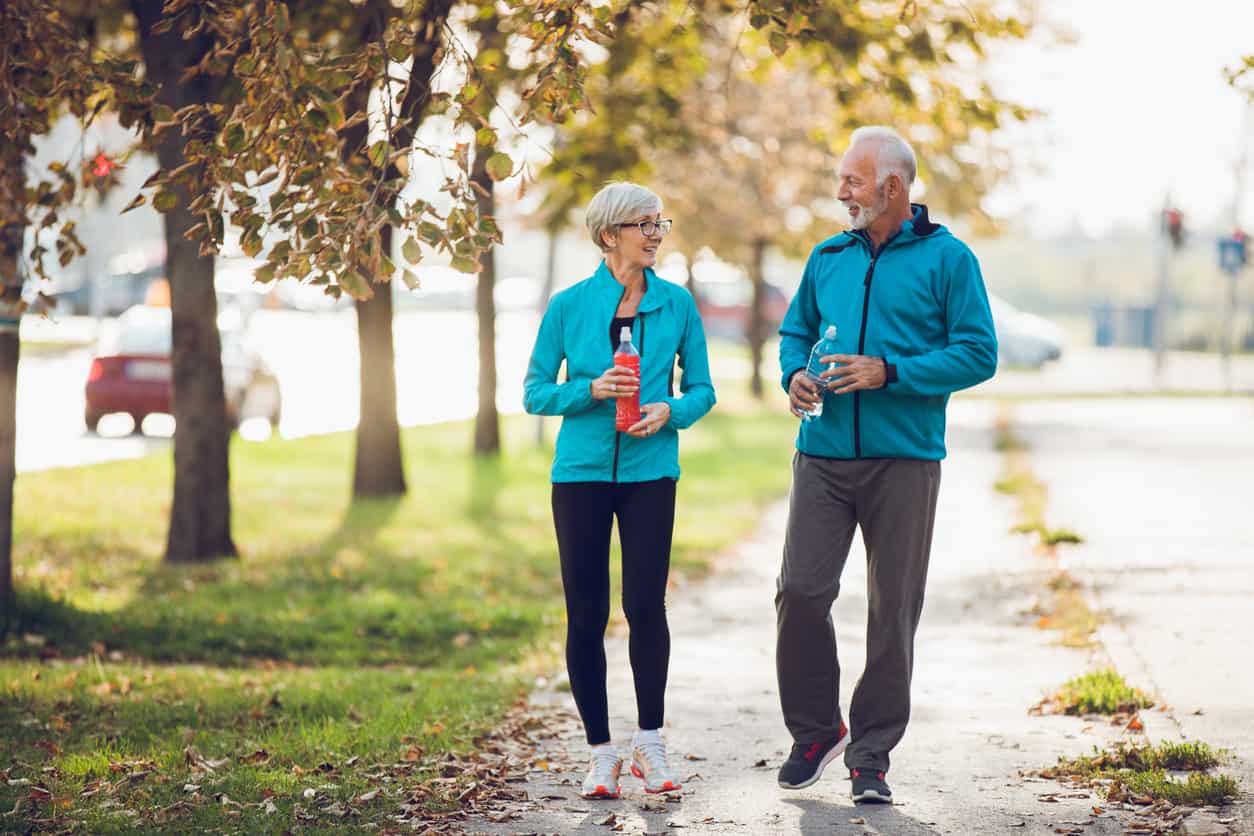Get Fit, Baby!: How To Keep Working Out While Pregnant
Get Fit, Baby!: How To Keep Working Out While Pregnant
Did you get some exciting news about a baby bump recently? Working out while pregnant is both important and totally possible. Here’s what you need to know.
There are so many benefits that come along with working out while pregnant.
When you make an effort to exercise when you’re expecting, you’ll pack on fewer pounds throughout the course of your pregnancy. You’ll also reduce back pain, constipation, and some of the other side effects of being pregnant. And you might even make your labor and delivery go more smoothly in the end!
But despite the numerous benefits of working out while pregnant, there are many women who choose not to do it for any number of reasons. Some struggle to muster up the strength and energy for exercise, while others complain about not having enough time to do it.
Don’t let these things stop you from working out while pregnant! Take a look at some tips below that will help you create and maintain a workout regimen over the next 9 months with Healthy Food for Pregnant Women.

Start as Soon as You Find Out You’re Pregnant
Did you just find out that you’re pregnant?
Congratulations! There is almost nothing more exciting than finding out that you’re going to be welcoming a new baby into the world.
But before you start celebrating too much, you should commit–right here and right now–to working out while pregnant.
We know that you’re going to have a million and one other things going on in your life soon. From researching which crib would be right for your baby to picking out a pediatrician, there is so much to do!
But the truth is that working out while pregnant is one of the most important things that you’re going to do in the coming months. It’ll be good for both you and your baby and will help your pregnancy go much better than it would otherwise.
So rather than putting off exercise or ignoring it altogether, use the adrenaline boost that you got from your positive pregnancy test to start up a workout routine. It’ll be well worth the time and effort you put into it.
Create Specific Workout Goals
After you’ve made a commitment to working out while pregnant, the next step should be to come up with a list of specific workout goals for yourself. These goals will help keep you on track once you actually start exercising on a regular basis.
Everyone’s goals are obviously going to be a little bit different. But in general, your goals should serve as a guide for you as you move forward in your pregnancy.
Here are some sample workout goals that might work for you:
- Exercise for about 30 minutes at least 3 times every week
- Keep weight loss to a minimum throughout pregnancy
- Use working out as a reason to eat healthier while pregnant
- Stay in constant contact with the doctor about working out
- Monitor how workouts are benefitting both mom and baby
The key is coming up with goals that are attainable. It’ll allow you to stay committed to working out while pregnant, even when times get tough and you don’t necessarily feel like doing it.
Learn About the Exercises That Will Benefit You
Once you have your pregnancy workout goals in place, it’ll be time for you to officially start working out while pregnant. But before you do, you should take the time to learn about the different types of exercises that will benefit you the most.
The good news is that there are lots of workout options for you to choose from when you’re pregnant. Here are just some of the choices:
- Walking, which can elevate your heart rate and provide you with an upper-body workout if you get into the habit of moving your arms when you walk
- Running, which can elevate your heart rate even more than walking and work out many major muscle groups
- Swimming, which can work out your entire body without putting too much of a strain on your legs, your back, or the other areas that will bother you during pregnancy
- Weight training, which will make your muscles stronger and prepare them for the later stages of pregnancy
- Yoga, which will help you with balance and strength and bring your blood pressure down
Regardless of which first-trimester workout you choose, you should avoid twisting your midsection at any point and ease your way into working out. You usually don’t want to work out for any more than 20 to 30 minutes at a time, and you also don’t want to push yourself outside of your comfort zone at any point.
Avoid Certain Exercises During Pregnancy
While all of the exercises that we just mentioned are great for those in their first trimester and, in most cases, even beyond, there are some exercises you’ll want to avoid at all costs. They could put you and your baby into harm’s way if you aren’t careful.
Steer clear of any exercises that call for you to:
- Hold your breath for long periods of time
- Lift weights that are too heavy
- Lie on your stomach
- Stand still for extended periods of time
- Push yourself too hard
The last thing you want to do is turn working out while pregnant into a bad thing. By avoiding some exercises that could be dangerous, you’ll keep yourself and your baby safe at all times.
Come Up With and Stick to a Workout Schedule
No matter what type of exercise you choose to do during your pregnancy, it’s important for you to create a workout schedule…and stick to it!
If you don’t have a clear-cut schedule in place, you’re going to be tempted to cheat from time to time and skip out on your workouts. This will turn into a habit before long and result in you not getting enough exercise.
Sit down and map out your days, weeks, and even months so that you know when you need to work out. You’re more likely to start working out while pregnant when you have a schedule in place.
Consider Using a Workout Challenge to Stay Motivated
Are you the type of person who has a hard time staying motivated when you work out? If the benefits of working out while pregnant aren’t enough to motivate you, there is something else you can try to give yourself the encouragement you need.
Our 9-Week Workout Challenge is a great option for any woman who wants to start working out while pregnant. You’ll get direct access to a fitness coach who will customize a workout plan to your specific needs.
This is especially helpful for pregnant women who don’t know where to start when it comes to working out. You can work with a trainer both during your pregnancy and after it to keep yourself in great shape.
Make Sure You’re Getting the Right Nutrients
Eating right during pregnancy is just as important as working out. You and your baby need a long list of nutrients on an almost daily basis. During the second and third trimesters, you’ll also need to take in a lot more calories than you usually do.
Rather than just eating whatever you want while pregnant, you should look to eat certain types of foods that are loaded with the nutrients you need. Your diet should include:
- Dairy products, which are a great source of calcium and protein
- Legumes, which will provide you with everything from fiber and protein to iron and calcium
- Salmon, which is loaded with omega-3 fatty acids
- Eggs, which are jampacked with protein, fat, and more minerals and vitamins than we can possibly list here!
- Lean meat, which contains iron, choline, and protein
There are also lots of other foods to incorporate into your diet, including certain berries, avocados, whole grains, and more.
Drink a Lot of Water, Too
Under normal circumstances, it’s important for pregnant women to drink plenty of water on a daily basis. It’ll help you avoid dehydration, which can cause constipation, tiredness, anxiety, and more.
But hydration will become even more of a concern when you’re working out while pregnant. You’re going to be losing fluids as you exercise, and those fluids will need to be replenished.
It’s good to bring along lots of water with you during a workout. Sip on it early and often to keep the fluids flowing through your body.
Stop Working Out While Pregnant If You Don’t Feel Good
Although working out while pregnant is something you should definitely consider doing, there is absolutely no reason for you to overexert yourself in the process. Your No. 1 goal should be to maintain your body and keep your baby healthy, not to set a new personal best while running a mile or learn dozens of new yoga poses.
If, at any point, you don’t feel good while you’re working out while pregnant, you should 100 percent stop and put your exercise plans on hold. Even though it might mean missing a day or two of exercise, you’re much better off taking that approach than trying to do too much.
Speak With Your Doctor About Exercising
When you first find out that you’re pregnant, your doctor is going to give you all kinds of advice as far as what you should and shouldn’t do during pregnancy.
Your doctor will tell you what to eat, how much sleep to get, and more. Your doctor should also speak with you about exercising and recommend some workouts that you can do.
If they don’t, don’t be afraid to stop them and tell them that you would like to start working out while pregnant. They will likely encourage you to do it and give you some tips about exercising throughout your pregnancy.
You should also continue to speak with your doctor as you move closer and closer to your due date. There are some exercises that are perfectly fine for those women in their first trimester but dangerous for those in their third.
By keeping an open line of communication with your doctor, you’ll be able to find out which exercises will be best as you move along. Your doctor will know what you’ll be able to do best based on your body type, your goals, and any concerns they might have about your pregnancy.
Commit to Continuing to Work Out After Your Baby’s Birth
At the end of all this, working out while pregnant should allow you to give birth to a beautiful baby that is completely healthy. It should also make your pregnancy a whole a lot easier across the board.
But maybe above all else, it should give you all the motivation you need to continue working out long after your baby is born. By establishing a workout routine while you’re pregnant, you can set yourself up for long-term fitness success.
This will begin to pay off right away when it comes to trying to lose the weight you put on during pregnancy. Most women put on somewhere between 15 and 40 pounds when they’re pregnant and struggle to take it back off. But you’ll be in a good position to do it if you continue working out.
You’ll also be able to keep yourself healthier overall for the sake of your baby. Now that you have someone who depends on you, you need to take your health even more seriously than you ever did before. Working out will make that a reality.
Working Out While Pregnant Is Totally Possible
Working out while pregnant might sound like it’s going to be too difficult to do at the beginning. You might even laugh it off and think that you’re not cut out for the challenge.
But once you start doing it, you’ll begin to see the benefits of it almost right away. You’ll feel better and have more energy at your disposal. You’ll also get good reports back from your doctor during your various visits.
Consider how working out while pregnant could help you before you brush it off. It’s entirely possible and will become a part of your normal pregnancy routine once you give it a shot.
Our 21 Day Body Transformation Challenge combines diet and exercise to transform your look. If you want to turn heads for the right reasons, find out more here.






















Recent Comments